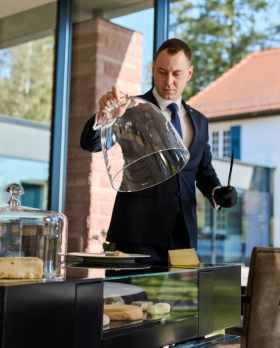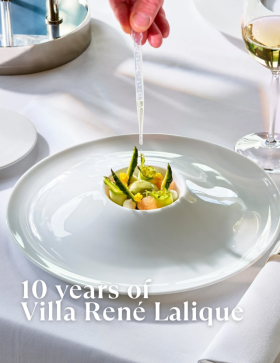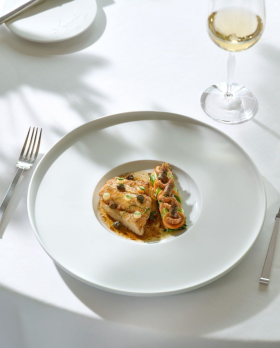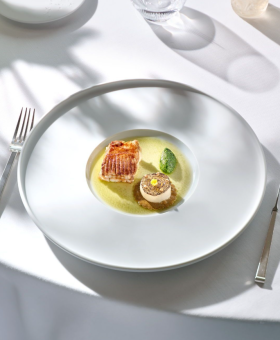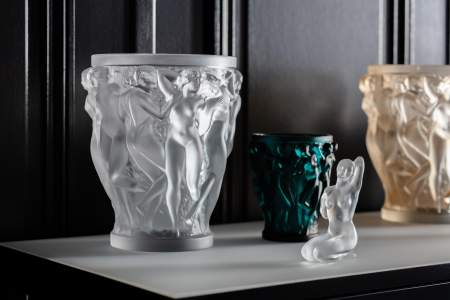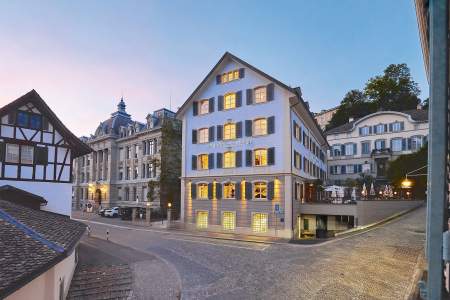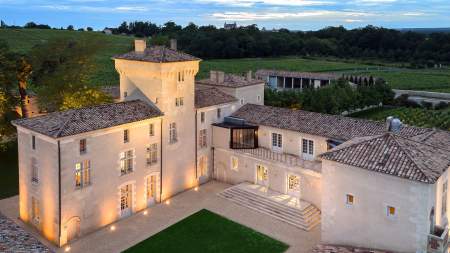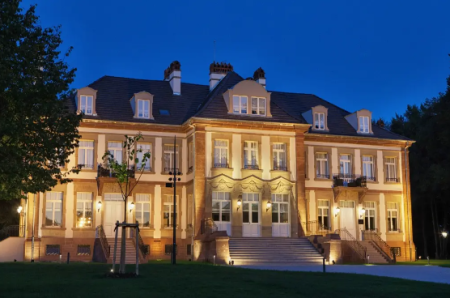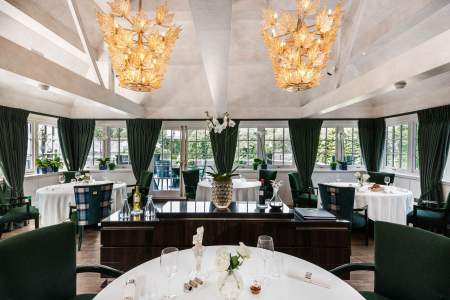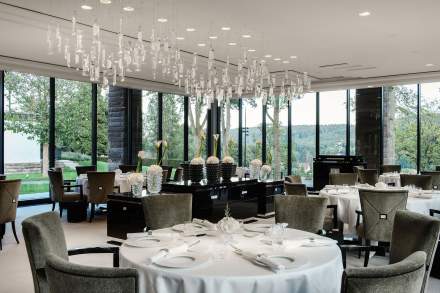
Villa René Lalique
Relais & Châteaux en Alsace
Choisir d’entrer à la Villa René Lalique, Relais & Châteaux situé en Alsace, c’est venir profiter de tout un art de vivre d’exception, autour d’une maison de luxe incontournable, Lalique, et d’une gastronomie raffinée, sublimant les produits de saison et s’alliant à merveille avec les plus grands vins de France et d’ailleurs.
La Villa René Lalique en Alsace
Construite en 1920 par le fondateur de la marque, René Lalique, la Villa qui porte son nom depuis son ouverture en 2015 est un refuge au cœur de la nature, une maison toujours habitée par l’âme de son créateur, décorée de tout le savoir-faire des artisans de Lalique et animée par des passionnés d’hospitalité.
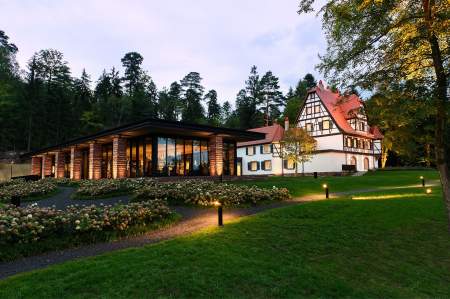
Hôtel 5 étoiles
Les 6 suites de l’hôtel 5 étoiles, chacune à l’atmosphère unique, inspirées des univers emblématiques de la marque et pour autant totalement adaptées à l’époque actuelle, vous racontent cet esprit d’excellence qui traverse toute la maison, en accord avec le manifeste de la prestigieuse association Relais & Châteaux.
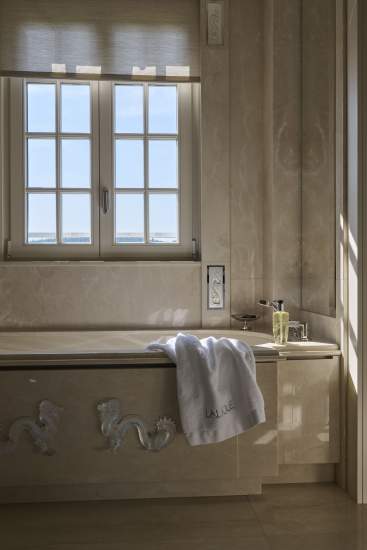
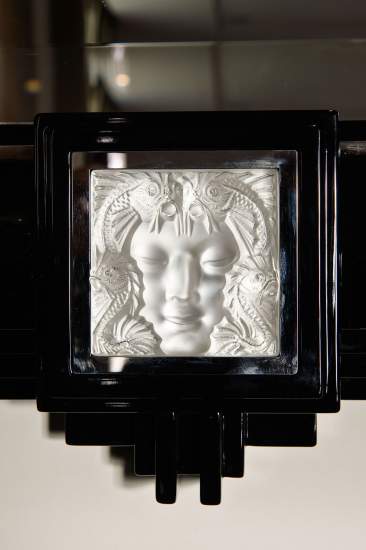
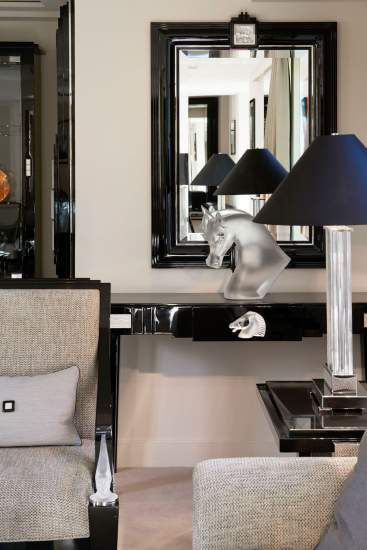
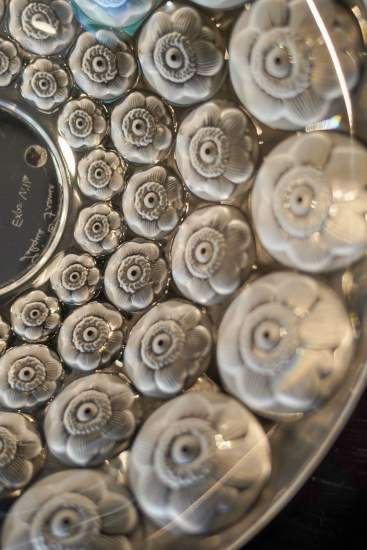
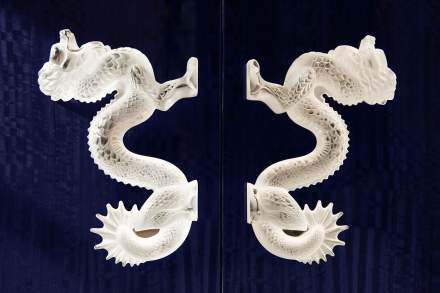

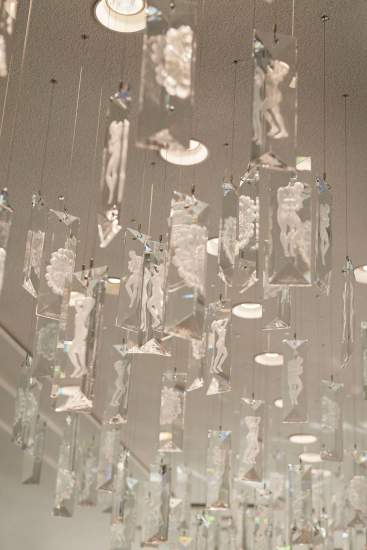
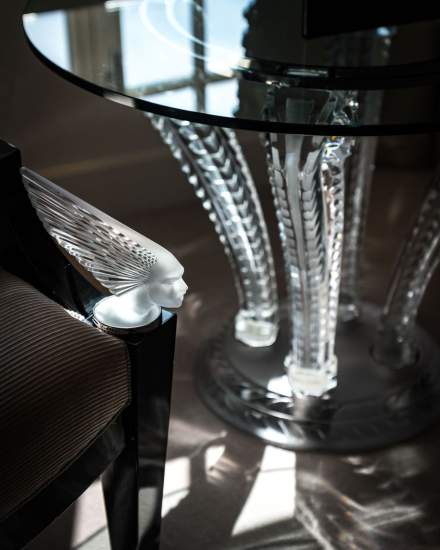
Bienvenue dans le monde enchanteur de la Villa René Lalique.
Laissez-vous guider à travers un voyage de découverte, où se mêlent les personnalités marquantes, les rituels séculaires et les traditions qui font le charme unique de ce lieu.
Explorez un univers où s'entrelacent la finesse de la cuisine gastronomique, le luxe discret de nos suites et l'art du cristal Lalique, façonné par des maîtres verriers héritiers d'un savoir-faire ancestral.
Construite au début du XXe siècle et conçue par René Lalique lui-même, la Villa incarne l'esprit de son époque tout en nous invitant à voyager à travers son histoire fascinante.
Le restaurant, quant à lui, est une célébration de la sensibilité contemporaine, promouvant une cuisine qui respecte la nature et l'humanité.
Je vous invite à parcourir notre histoire, à découvrir notre ADN unique et à vous immerger dans ce monde éclectique et captivant. Mon désir est d'éveiller votre curiosité et de vous accueillir bientôt pour un moment magique et hors du temps dans notre Maison.
Chef Paul Stradner

Restaurant gastronomique
Au restaurant distingué de 2 étoiles au Guide Michelin depuis 2016, soit seulement 3 mois après son ouverture, et membre du cercle exclusif « Les Grandes Tables du Monde », la cuisine du Chef Paul Stradner vous emporte vers une balade à travers le territoire alsacien, ponctuée de touches originales liées à la propre histoire du Chef et ses propres expériences. Il articule notamment sa partition culinaire autour de 3 « A » célébrant l’Alsace (sa patrie d’adoption), l’Autriche (son pays d’origine) et l’Allemagne (où il a évolué professionnellement).
A ses côtés, le Chef Pâtissier Jonathan Bunel s’inspire de produits du cœur des Vosges du Nord pour composer ses créations sucrées. Hervé Schmitt, Directeur du restaurant, orchestre quant à lui le ballet du service et la scénographie de table Lalique.
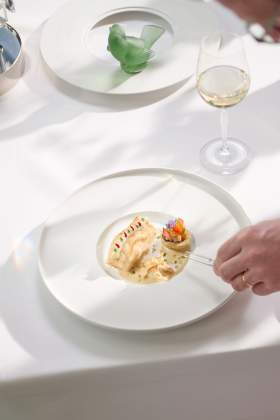
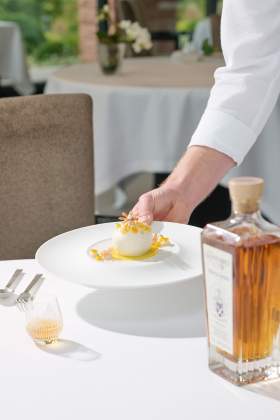
La cave
Pour la signature des accords mets et vins, le Chef Sommelier alsacien Romain Iltis règne sur une cave d’exception, l’une des plus belles d’Europe, qui ne compte pas moins de 60 000 bouteilles.
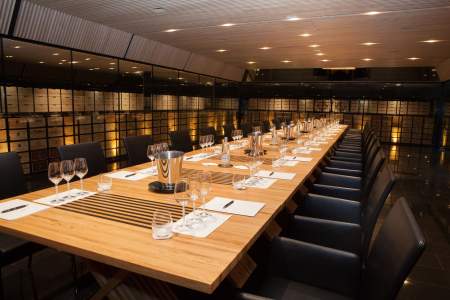
Vitrine du savoir-faire et de l’expertise de la Maison Lalique, la Villa René Lalique est ainsi, depuis 2015, un véritable hymne à l’Art de Vivre à la française.
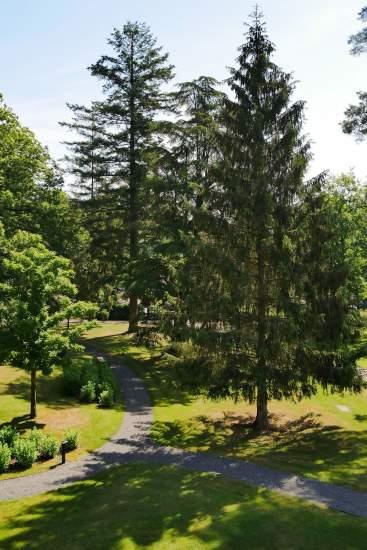
La nature
Partout, l’art du beau geste est une évidence avec un souci du détail qui confine presque à l’obsession. Ici, votre regard est constamment happé, par les paysages qui entourent la villa, cette nature qui n’aura jamais cessé de souffler à René Lalique ses créations, tout autant qu’une collection de pièces d’exception, mobilier, luminaires, art de la table et accessoires, pour une immersion totale au cœur de la signature Lalique.
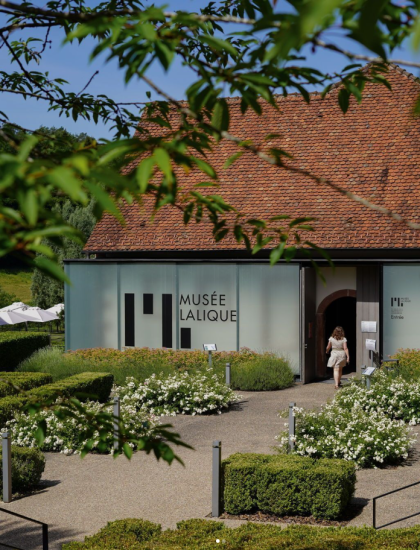
Le musée Lalique
A quelques minutes de route, le musée Lalique est une visite indispensable pour encore mieux saisir le génie créatif de René Lalique et la dynamique de cette marque, la manière dont elle traverse l’Histoire, rythme sa progression auprès des artistes les plus représentatifs de leur époque et s’impose tranquillement comme une référence essentielle dans le monde de l’art de vivre.
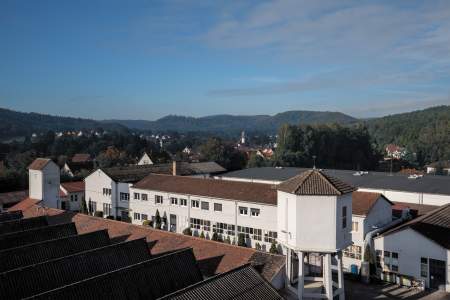
Le Village
Wingen-sur-Moder, au cœur du parc naturel régional des Vosges du Nord, est un point de départ idéal pour se déconnecter des atmosphères urbaines stressantes, découvrir un patrimoine riche de folklore et de traditions, se baigner dans de vastes forêts, profiter de quelques panoramas infinis et se laisser porter vers des villages authentiques, sources de belles surprises.



